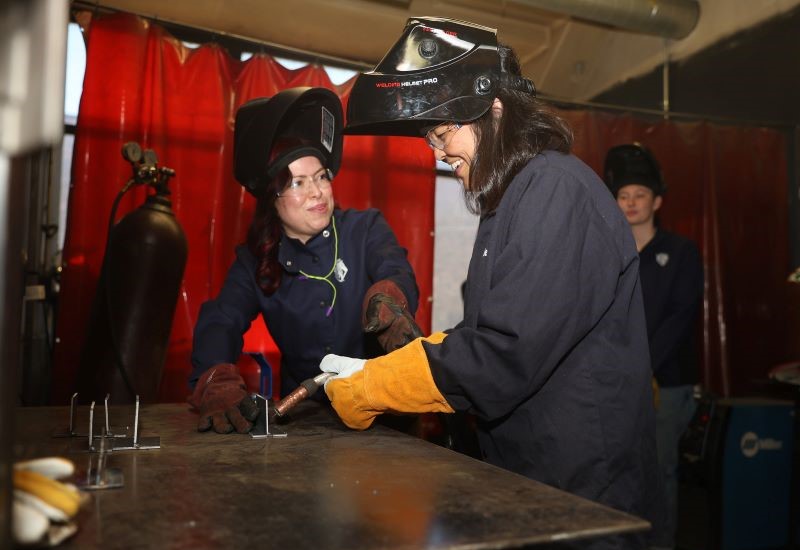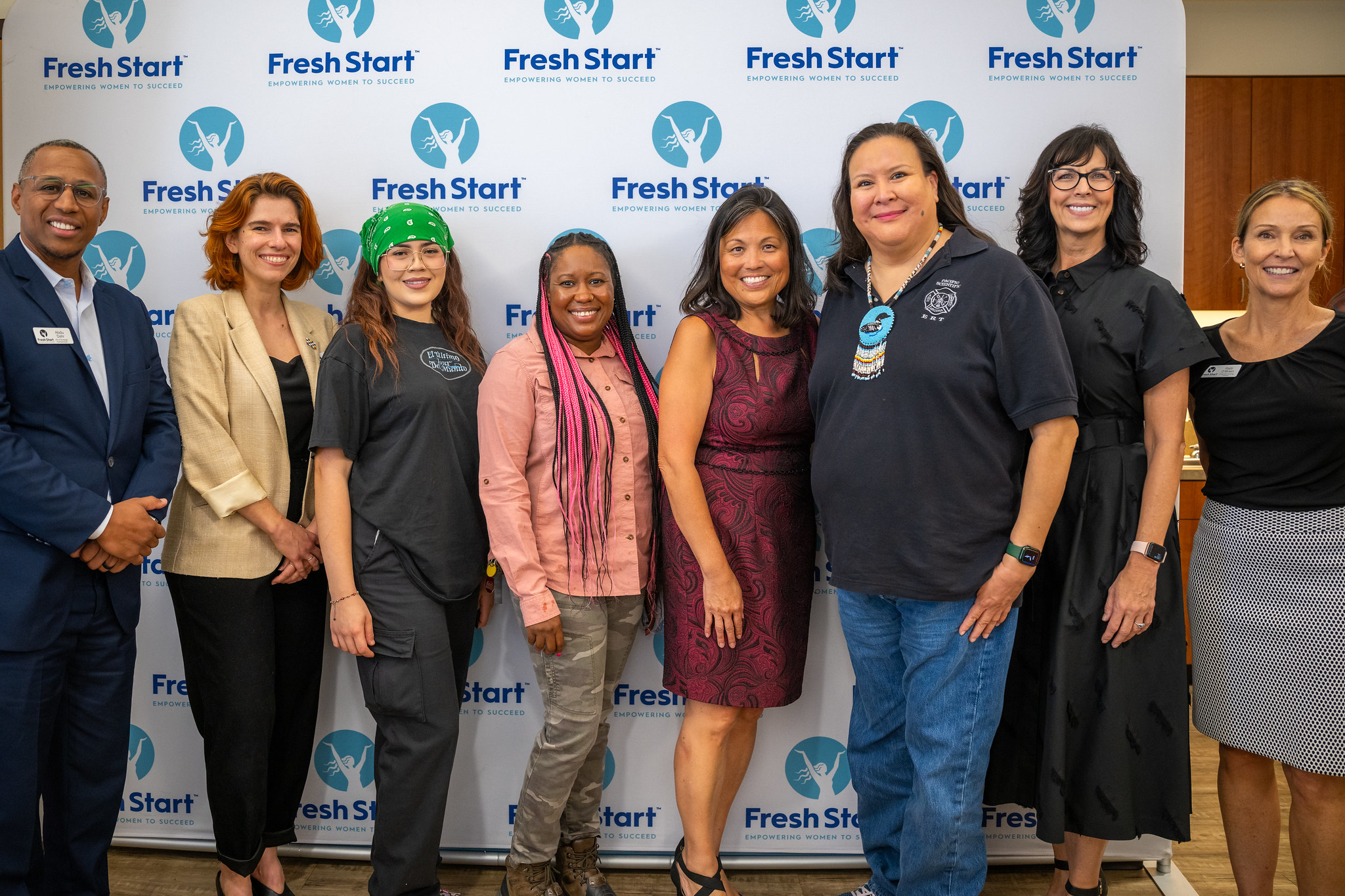
This week the Women’s Bureau is marking both Women’s Equality Day – commemorating the 19th Amendment, which was a huge step forward for some American women, but not a truly inclusive one – and Labor Day, when the entire country celebrates the American worker and how far we’ve come. It’s a time for reflection.
Over the summer the Women’s Bureau accompanied Acting Labor Secretary Julie Su on her Good Jobs Summer tour and worked to ensure women have a pathway into good union jobs, on top of two ground-breaking summits on paid leave and gender-based violence and harassment. Now we’re reflecting not only on the 104-year legacy of the Women’s Bureau, but also on what we’ve accomplished in the past three-and-a-half years of the Biden-Harris administration – and how much we have left to do.
A focus on gender equity will be this administration’s legacy. That was made clear when the administration launched the first-ever White House Gender Policy Council, and it’s been clear throughout my tenure at the Labor Department. Under the leadership of Acting Secretary Su, the Department has centered women, people of color, people with disabilities and other communities that have disproportionately been left out of workplace gains. Nowhere is this more apparent than in the Department’s efforts, co-led by the Women’s Bureau, to ensure access to good jobs: jobs that offer family-sustaining wages, paid leave and flexibility, representation, and in which workers are safe, respected and treated fairly.
As the administration’s investments in America’s roads and bridges, manufacturing base and clean energy economy lead to job creation, we’ve worked with local governments, unions, employers and community organizations to ensure that women and other underrepresented populations are trained, hired and retained in these high-paying jobs. Our work is changing the lives of women all over the country. Just a couple of weeks ago Acting Secretary Su visited the Fresh Start Women’s Foundation in Phoenix, our grantee through the Women in Apprenticeship and Nontraditional Occupations (WANTO) grant program, and met a group of women who received training, financial counseling, legal services and other resources and are now working in the high-paying fields of semiconductor manufacturing, welding and pipefitting.

But good jobs offer more than a living wage. Good jobs, and good employers, recognize that workers have families and caregiving responsibilities. With leadership from the White House, the Women’s Bureau has been at the forefront of research and advocacy on improving the U.S.’ care infrastructure. We’re working across the administration to encourage the leveraging of funds for support services, including to address child care needs, for workers on federally funded projects. We’ve championed paid leave for all workers and this summer hosted a conference on equitable implementation of state paid leave laws. Our landmark research on the price of child care, which shows that it's out of reach for families across all care types, age groups and county population sizes, is the most comprehensive federal source of childcare prices at the county level. We have also shined a spotlight on the economic security of caregivers, including mothers, older women and domestic workers.
Another way the Women’s Bureau has made an impact is by addressing gender-based violence and harassment in the world of work, which continues to be pervasive. We worked with colleagues across the Biden-Harris administration to draft the first-ever National Plan to End Gender-Based Violence, reimagined our Fostering Access, Rights and Equity (FARE) grant program to focus on ending violence and harassment at work and hosted the Department of Labor’s first summit on this topic.
While I’m extremely proud of everything we’ve accomplished during this term, there’s no doubt more needs to be done to ensure a gender-equitable workforce and economy. The U.S. still lacks a national paid family and medical leave program, despite this administration’s strong push for one. We also remain one of just a handful of countries that does not guarantee paid leave from work. And, as our research has demonstrated, high prices make child care inaccessible for families, even as the care workforce – overwhelmingly women – is paid too little. On top of that, women still face discrimination and occupational segregation in training programs and at work, which contribute to the persistent gender wage gap.
But with our 100-plus year legacy of advocating for working women, the tools and programs we’ve developed and this administration’s proven commitment to gender equity, the Women’s Bureau is prepared to lead the effort for lasting change.

 U.S. Department of Labor Blog
U.S. Department of Labor Blog